August 2025 League of Nebraska Municipalities
U.S. Supreme Court rules that NPDES end-result conditions are impermissible
Lash Chaffin Utilities Section Director
Earlier this year, in City and County of San Francisco vs. EPA, the U.S. Supreme Court issued a major decision limiting the scope of the Environmental Protection Agency’s (EPA) authority under the Clean Water Act (CWA) as it relates to permits governing discharges by municipalities into covered water bodies.
In a 5-4 ruling, the Supreme Court held that EPA cannot enforce permit provisions that “make a permittee responsible for the quality of the water in the body of water into which the permittee discharges pollutants.”
The Court ruled that under the CWA, EPA cannot impose conditions on discharging facilities with “end-result” conditions. The court ruled that the CWA permit scope is limited to effluent limits and other limitations necessary to meet water quality standards.
In 2019, as part of the National Pollutant Discharge Elimination System (NPDES) permit renewal process, two new permit conditions were added to one of the City of San Francisco’s NPDES permits governing the City’s Oceanside Combined Wastewater Treatment Facility. One new condition prohibited the Oceanside facility from making any discharge that “contribute[s] to a violation of any applicable water quality standard”
1335 L Street
(402) 476-2829
Fax (402) 476-7052
for receiving waters. The second new condition provided that the city cannot perform any treatment or make any discharge that “create[s] pollution, contamination, or nuisance as defined by California Water Code.”
In ruling that these two conditions were impermissible, the U.S. Supreme Court first acknowledged that the most natural reading of the CWA is that it “authorizes the EPA to set rules that a permittee must follow to achieve a desired result, namely, a certain degree of water quality.” The Court then analyzed the history of water quality law and noted that prior to 1972, permit holders were specifically liable for maintaining the water quality standards of the water into which they discharged. In 1972, when Congress adopted the sweeping amendments that created the CWA, Congress instead imposed a regulatory scheme that sought to achieve “acceptable quality standards” by means of “direct restrictions” on polluters. The Court then went on to support this argument by noting that the CWA liability scheme is based on a permit shield which deems a permittee to be in compliance with the CWA as long as it follows all the terms in its permit. The Court then further went on to discuss the absence of
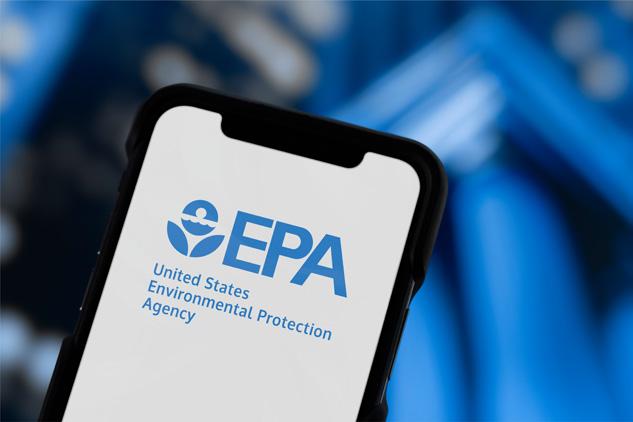
any provision in the CWA dealing with the “problem that arises when more than one permittee discharges into a body of water with substandard water quality.”
The Court explained that it is hard to accept the idea that Congress contemplated the enforcement of end-use requirements when it did not provide any method for dealing with multi-discharger situations – a common occurrence, since “dozens or even hundreds of … permitted and unpermitted discharges” flow into the same water body.
In conclusion, the Court ruled “EPA possesses the expertise … and the resources necessary to determine what a permittee should do.” In other words, the Court determined that EPA should use its own resources to determine how to protect water quality rather than leave businesses and cities to figure out how to do so.
This case addresses a longstanding dispute between EPA and many permittees regarding “end-result” permit requirements frequently found in NPDES permits.
Continued on page 2
Utilities Section Newsletter
U.S. Supreme Court rules that NPDES end-result conditions are impermissible
Continued from page 1 It could have major implications for both the EPA and permittees across the country.
It is still unclear how this decision might affect Nebraska NPDES permit holders. No doubt there will be much litigation trying to ascertain if a specific NPDES permit condition is “end-result” conditions. EPA will also become more active in developing explicit compliance measures rather than relying on general language for ensuring water quality.
The decision also does not address the issue of state laws and regulations. Nebraska (not unlike California) has assumed NPDES permitting authority under the CWA and has independent discharge
permitting authority under state laws. Nebraska law mostly follows the language of the CWA but there are some minor differences that could be important and will undoubtedly lead to more litigation.
Utilities Section members only
Do you have equipment to sell or a position to fill? Place your ad in the Classifieds section of the Utilities Section Newsletter free. This service is a membership benefit. Email your ad to brendah@lonm.org.


Promoting pollinators in our communities
By Jackson Sash, Utilities Field Rep./Training Coordinator
Here in Nebraska, pollinators like bees, butterflies, moths, and even beetles are a lot more important than we usually give them credit for. Without them, a lot of our crops and gardens simply wouldn’t produce. Think about how many of our fruits, vegetables, and flowering plants depend on a little insect doing its daily work. The truth is, pollinators don’t just make our towns prettier in the summer, they help keep our food systems steady and our ecosystems healthy.
One of the best things any of us can do is to plant more of what already belongs here. Native plants are tough enough to handle the extremes of Nebraska’s weather, and they’re exactly what our local pollinators are adapted to use. Purple coneflower, black-eyed Susan, milkweed, and wild bergamot are a few good choices that look nice in landscaping and provide food for bees and butterflies. For something a little different, leadplant and serviceberry shrubs add structure to a landscape while still giving pollinators what they need. For
the last several years, I have been planting a patch of milkweed in my own backyard. Sure enough, monarch butterflies have shown up every year since. It doesn’t take much for nature to respond if you give it the right tools.
Of course, what we don’t put on our lawns and gardens matters just as much as what we plant. Pesticides and herbicides are common in both the city and rural areas, but they can have real unintended consequences. Even products that are advertised as “bee safe” can hurt pollinators if they’re applied when flowers are blooming. Herbicides may seem harmless, but they can kill the same plants that pollinators need to thrive. Instead of reaching for the sprayer right away, it’s worth asking whether the weeds are really a problem or just something we’ve been trained to dislike. A yard with a little clover mixed in might not win a lawn-care contest, but it will be buzzing with life—and that’s a pretty good tradeoff.
Pollinators also need safe places to live and nest. That doesn’t necessarily mean you have to buy expensive bee boxes or set aside big pieces of land. Sometimes it’s

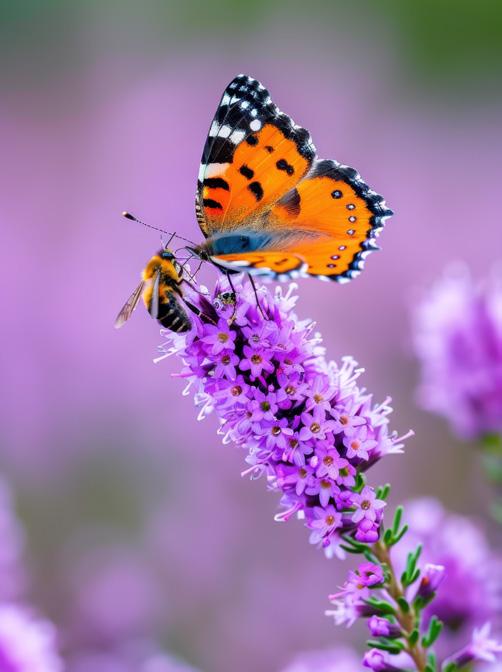
as simple as leaving a patch of bare ground, a brush pile, or a corner of the yard unmowed. In fact, some of the best habitat comes from spaces we usually overlook, like ditches and fence lines. Municipalities can help by mowing less often in those areas, or by designating a few rights-of-way as pollinator-friendly. It might look a little less tidy, but if you’ve ever seen a stretch of wildflowers buzzing with bees on a summer morning, you know it’s worth it.
Another easy adjustment has to do with timing. Too often, roadside mowing happens right when flowers
Continued on page 4


Promoting pollinators in our communities
Continued from page 3
are at their peak, which wipes out a food source for hundreds of insects in one afternoon. If mowing schedules are shifted to later in the summer, it allows those plants to finish blooming and keeps pollinators well-fed. I’ve driven stretches of road in late July where one side had been freshly mowed and the other was left alone, and the difference was striking—you could literally see butterflies working the untouched side while the mowed side was silent.
Community education is another
piece of the puzzle. People are more likely to protect what they understand. A pollinator garden at a school, library, or city park can be a simple way to raise awareness while also providing food and habitat. Adding a small sign to explain what’s going on can change the way people view “weedy” areas. Once you connect the dots between pollinators and the food on your dinner table, it’s hard not to want to help. Kids especially seem to love spotting monarch caterpillars or watching bumblebees crawl around on coneflowers, and that sense of
wonder sticks with them. At the end of the day, helping pollinators isn’t about being perfect or turning every yard into a prairie. It’s about making small choices that, when added together across a community, can really move the needle. Nebraska has always been a place where people look out for each other, and looking out for the bees, butterflies, and other pollinators that keep our fields and gardens alive is just an extension of that. If we give them a little room to work, they’ll keep on returning the favor.
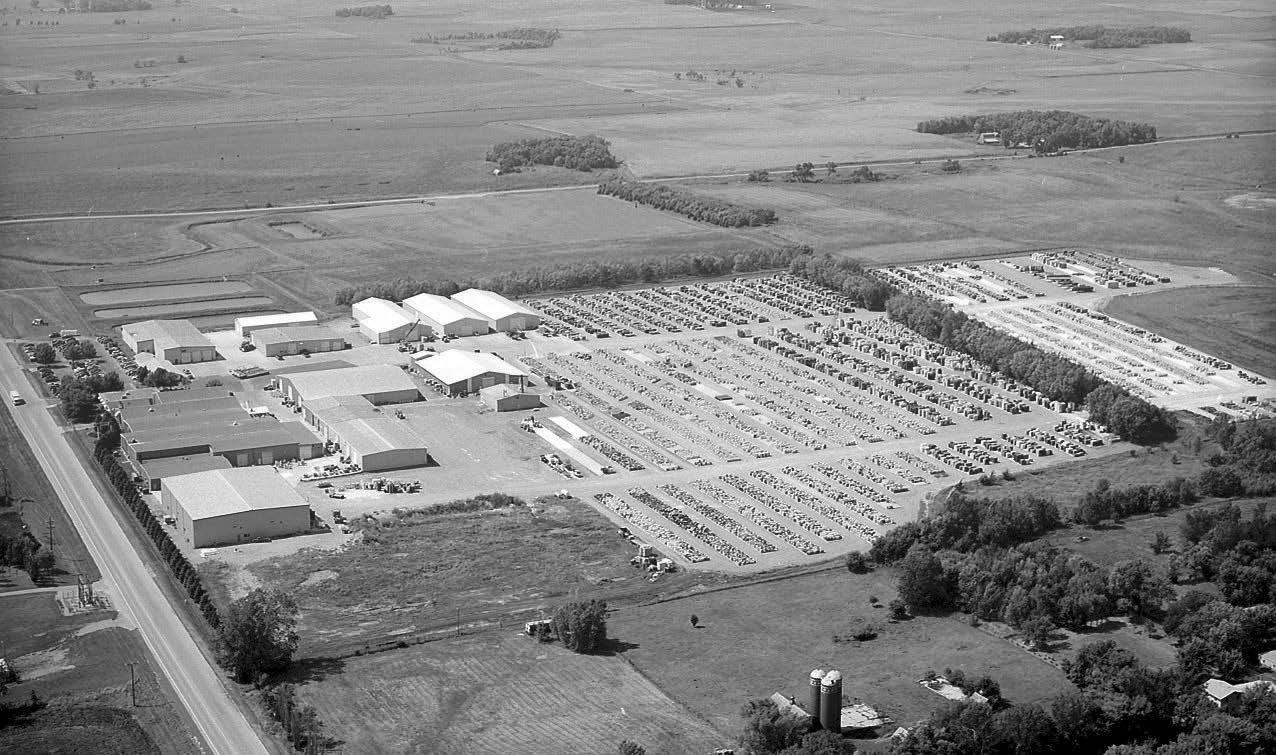

Overflowing towers during harvest season SAFETY/HEALTH CORNER
By Jackson Sash, Utilities Field Rep./ Training Coordinator
Fall in Nebraska is all about harvest. The fields are busy, the air is hazy, and anyone who’s been outside knows how the dust just hangs there. It sticks to your truck, it settles on your porch, it works its way into every crack and corner. For those of us in the water world, that same dust ends up in our towers.
You might not think about it when you’re watching a combine work a mile away, but the wind carries all that debris farther than most people realize. Now, that layer of dust and debris doesn’t usually sink down into the whole water column, but it floats on top and makes a mess just as it would elsewhere. Add bird droppings, bits of husk or pollen, and you’ve got a film that can cause some serious issues. Leave it alone

and it’ll drive up chlorine demand, make it harder to hold a good residual, and sometimes even cause taste and odor calls from our customers. The fix isn’t complicated: we overflow the tower on purpose.
It might look strange if you don’t know what’s going on, but running water up and over the edge is one of the best ways to skim off that top layer. It doesn’t take a ton of water, and it doesn’t take long, but it does make a difference. The timing works out well in the fall, too. Once the irrigation systems shut down and folks stop watering lawns, demand drops. That gives operators more breathing room to run towers a little higher and let them overflow without throwing the system off balance.
Of course, if you’re going to the trouble of
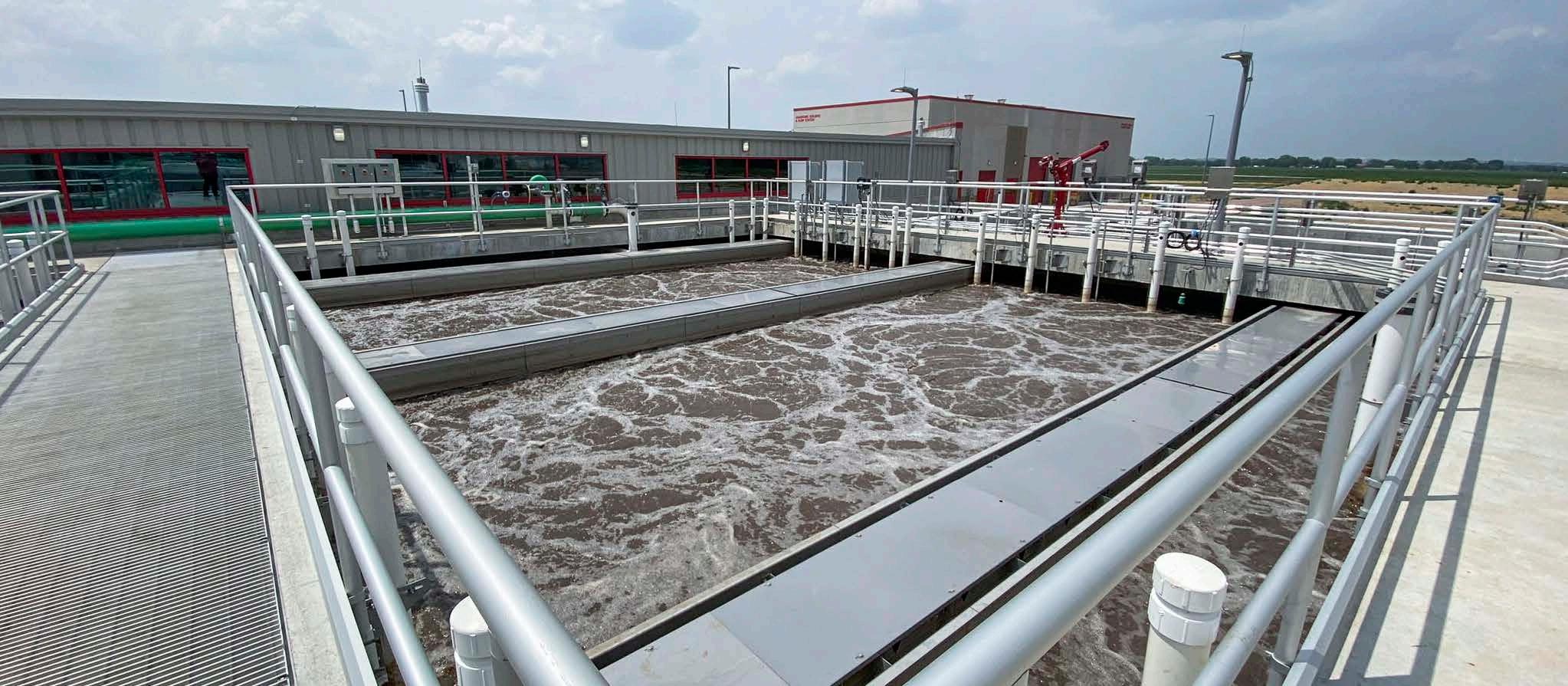
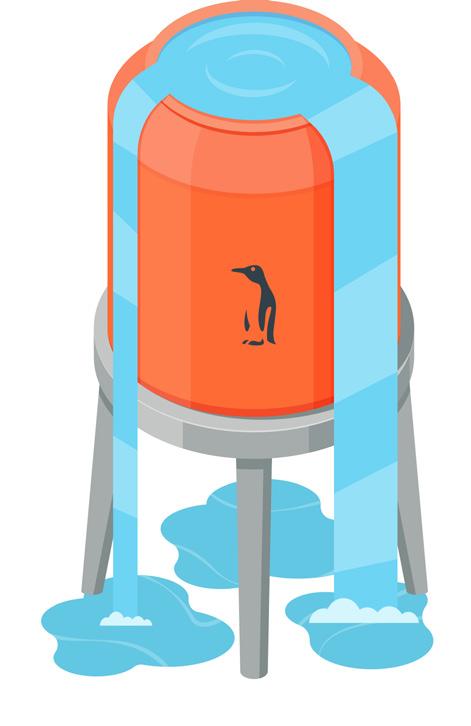
overflowing, you’re probably also going to give the tower a onceover. That means looking at hatches and making sure the gaskets are still good. Checking screens and vents for rust or holes, because you don’t want bugs or mice finding a way in once the weather turns. If the tower’s got a mixer, you make sure it’s doing its job. If it’s got heaters or a recirculation system, you want to know
on page 6
HDR, we’re helping our clients push open the doors to what’s possible, every day.
Overflowing towers during harvest season
Continued from page 5
they’re ready to go before the first hard freeze. Nobody wants to deal with ice building up inside a tank in January.
Fall is also when a lot of other jobs get done. Hydrants get flushed, valves get exercised, and backup generators get tested and fueled up. Well houses and control buildings get looked over to make sure heaters are working and insulation is holding up. A failed heater might not sound like a big deal until you’ve got a cracked line or frozen panel in the middle of a cold snap. Doing the work now saves a lot of headaches later.
For small towns, especially the ones that rely on a single tower, this isn’t just good housekeeping, it’s necessary. There’s no extra storage waiting in the wings if something goes wrong. Overflowing the tower
Check out the League’s Facebook page at www.facebook.com/leaguene. Be sure to “Like” us.
during harvest might look wasteful to someone driving by, but it’s one of the cheapest bits of insurance an operator can buy. Clear off the dust now, avoid the problems later.
Most folks will never climb a tower or see what it looks like inside. They just expect water to be there when they turn on the tap, and they don’t think about what it takes to make that happen. That’s fine,
that’s the job. But when you see water spilling over a tower this time of year, know it isn’t a mistake. It’s just part of the seasonal routine here in Nebraska, timed with harvest because that’s when the dust is at its worst. It’s one of those quiet little jobs that doesn’t get talked about much, but it’s what keeps the system running smoothly when winter finally settles in.
Classifieds
Water/Wastewater Operator
I. The City of Wayne is seeking applications for a full-time Water/ Wastewater Operator I position. The wage range for this position is $19.43 to $26.11 and includes group health insurance and retirement benefits. Applications and job description are available at the City of Wayne, 513 Main Street, Wayne, Nebraska. Applications are due by October 10, 2025, and should be returned to the City Clerk’s office, 513

Main Street. City of Wayne is an EOE. For more information, call 402-375-1733 and ask for Wes Blecke, City Administrator.
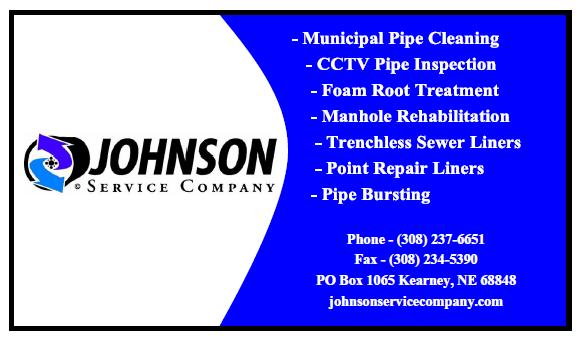

Utilities Section Newsletter
2025/2026 Training calendar
Visit our website for a complete list of workshops and conferences.
2025
October
Oct. 21
Water Operator Training Workshop Fire Hall, Gering
Oct. 22 ......... Water Operator Training Workshop ........................... Water Shop, North Platte
Oct. 23 ......... Water Operator Training Workshop ........................... Engineering Building, Grand Island
December
Dec. 9 ........... Water Operator Training Workshop ........................... Joe Hampton Conference Center, Lincoln
Dec. 10 Water Operator Training Workshop Columbus
2026
January
Jan. 7-9 ......... Utilities/Public Works Section Annual Conference.... Embassy Suites, Lincoln
Jan. 27 Water Operator Training Workshop Holiday Inn, Kearney
Jan. 28-29 ..... Snowball Conference ................................................. Holiday Inn, Kearney
February
Feb. 3-4 ........ Nebrasksa Meter Conference ..................................... Holiday Inn, Kearney
Feb. 23-24 .... Midwinter Conference ................................................ Cornhusker Marriott Hotel, Lincoln
Utilities Section Executive Board
President Pat Heath City Administrator Gering
1st Vice President Gary Thurlow Utility Superintendent Atkinson
2nd Vice President Sarah Sawin Director of Utilities Kearney Past President Duane Hoffman Public Works Director Oxford
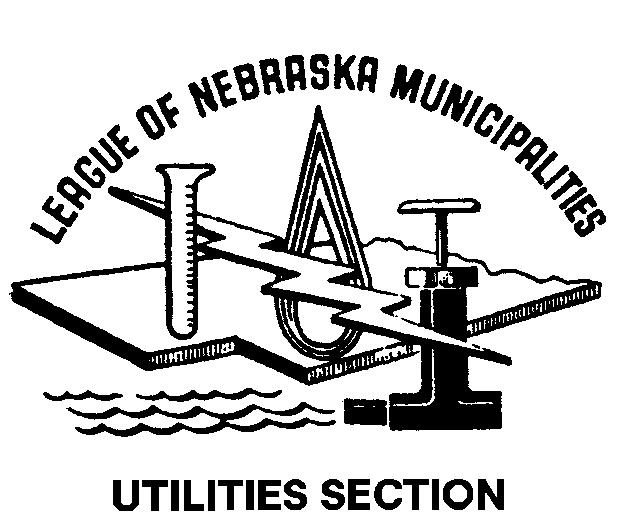
Board Member Matt Owens Water & Sewer Supervisor Imperial
Board Member
Jeramie Van Leer Utility Superintendent Ord
Board Member Ryan Schmitz Utilities Director Grand Island
Ex Officio Member Layne Groseth City Admin./Utilities Mgr. North Platte
